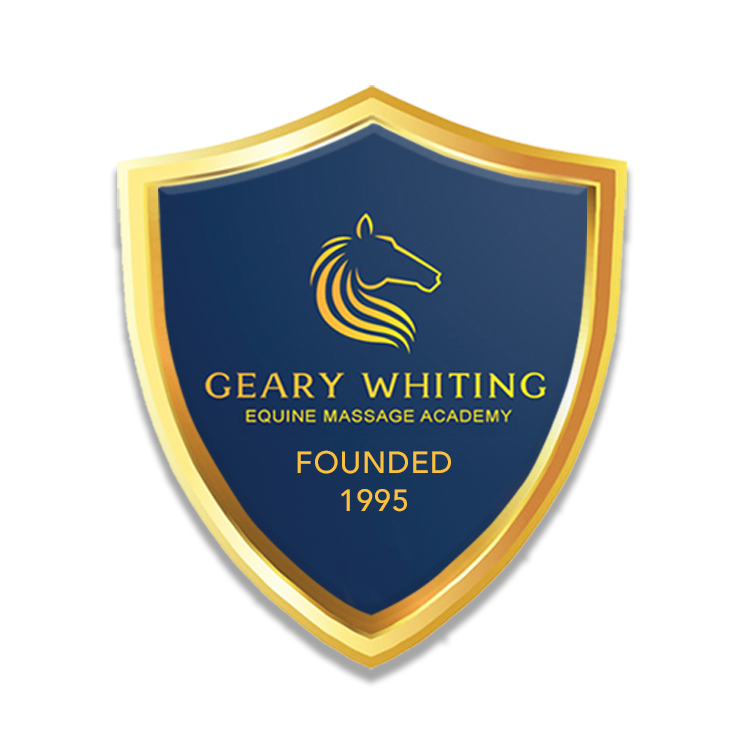Holistic vs. Allopathic Approach for Racehorses
The worry earlier this week that California Chrome might not race and therefore make the final the final run for the Triple Crown because he might not be able to wear his nasal strips while racing made me take a deeper look at their purpose. It also made me look at some of the other now “common” practices that we hear are used on racehorses today. Here is what I found and what I have to say about it.
The theory with the strips is getting more oxygen into the blood so we can have better endurance. The theory with running racehorses on Lasix (Furosemide) is also to help improve cardio-pulmonary function, lowering blood pressure to prevent bleeding into the lungs. Yes, it seems as if the nasal strips work, and there are a lot of proponents (and related studies) for the use of Lasix. But, I ask everyone to question whether those steps are needed.
In the 1980s I did research at the Heart Institute in Amarillo Texas with the cardiologist, Dr. Robert Gulde, in seeing how Shiatsu massage affected hypertension. All the studies had the same outcome and results: elevated blood pressure went from 180/150 to 120/80, 180/150 became 120/80, and so forth.
It is simple to understand. Hypertension is often caused by lifestyle and overly tight muscles. A good example is crimping a garden hose then releasing the restriction. Since oxygen is delivered to the body in the blood, it is not rocket science that increasing blood flow will increase oxygenation. About the benefits of Shiatsu massage, Dr. Gulde wrote, “… I believe that as patients choose fitness which may follow Shiatsu and aerobic conditioning programs that most, if not all, patients will see a marked reduction in their use of medication to lower blood pressure, many of which have many other adverse side effects not seen with aerobic exercise and Shiatsu treatments.”
If we can increase oxygenation and lower blood pressure naturally by relaxing the muscles and improving blood flow — why not do it?
People are wondering, hoping, betting, and conjecturing about California Chrome. Yes, he is a fabulous equine athlete with a story we all love. Some race-trackers have voiced concerns that the Belmont may be too long for him. We are all hoping that they are wrong and that he can handle it well. Those concerns have made me reflect on an experience that one of my star students had with a racehorse. She took on a horse that could not do better than last place in a 6-furlong race. He was scheduled to run in a 7-furlong race. Prior to the race, she performed two massages, one a week before and the other a day before the race. After the last massage, the horse finished FIRST in a 7-furlong. All because she did what was needed, no contraptions, no additional medications, just simply massaging. That horse was Charlie’s Moment, a gelding later purchased by H.H. Sheikh Mohammed bin Rachid Al Maktoum, Prime Minister and Ruler of Dubai.
When I worked with Bob Wieland (the double-amputee who walked across America on his arms) in the New York City Marathon by working on him continually during the 26.2 miles, I was able to lower his time from the previous year by more than 17 hours and at the LA Marathon by more than 18 hours. Even though it was not a planned experiment, it serves as one of the most interesting tests of the value of massage, more specifically Shiatsu massage.
I know I am challenging standard practice, but my experiences, training, and working with world-class athletes, working with both veterinarians and human physicians, and the experiences of my students prove there is another way. There is another approach to training and preparing athletes for competition, a natural approach that lets the body do the job it was designed for without the use of medications or additional equipment.


